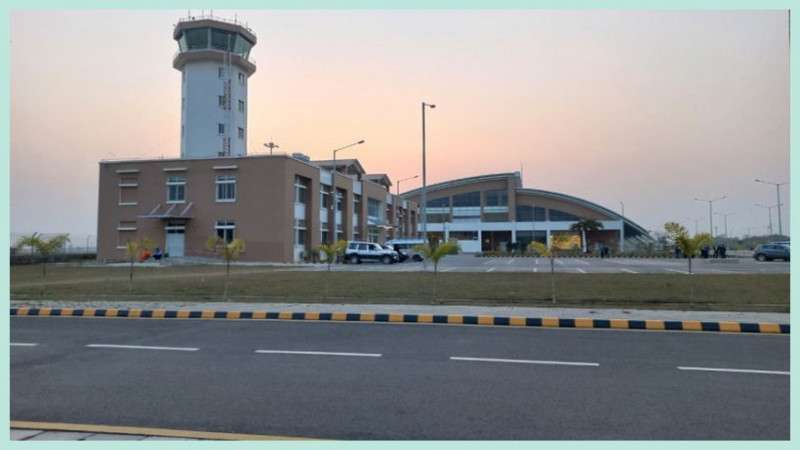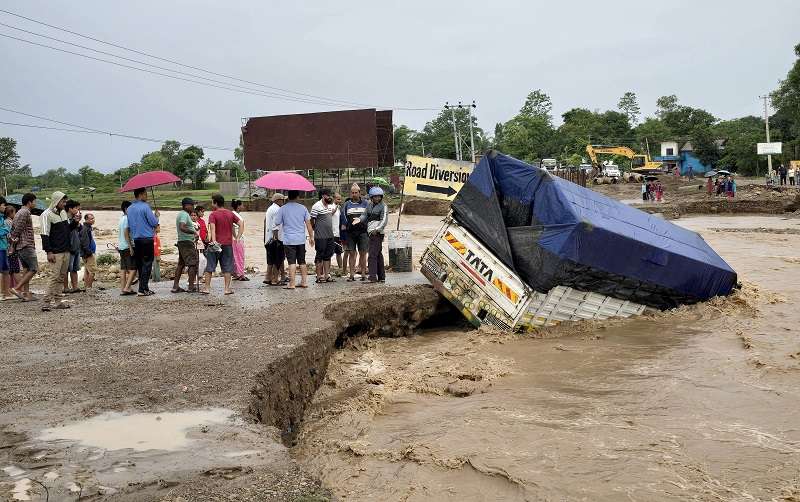May 12: Nepal has received a total of Rs 729.02 billion in remittances in first nine months of the current fiscal year (FY 2020/21).
According to the ‘Current Macroeconomic and Financial Situation of Nepal’ released by the Nepal Rastra Bank (NRB) on Wednesday, the total amount of remittances received in the review period is 16.5 percent higher than what the country had received from Nepalis working abroad in the corresponding period of the last fiscal year.
In terms of US dollar, inflow of remittances grew 13 percent to $6.19 billion in mid-April.
Despite Covid-19 crisis and fall in the number of Nepali migrant workers leaving for foreign employment, Nepal’s remittances growth has remained robust.
NRB officials say that a number of factors including the increased formalization of remittances inflow, transfer of accumulated savings by workers and cash transfers offered by some developed countries have contributed to the growth of remittances in Nepal.
“If we see the figures, the remittances growth was negative in the corresponding period of the last fiscal year. Even a little increment in workers’ transfers also leads to higher growth,” said Prakash Shrestha, an executive director at the NRB. On a year-on-year basis, remittance inflow had declined 4 percent in mid April last year, according to the NRB data.
“But, the overall trend shows that the remittance growth remains robust despite global economic downturns,” said Shrestha, who heads the Economic Research Department of the NRB.
According to Shrestha, the growing shift of Nepali workers to formal channel from informal channel to transfer money due to the restrictions and lockdowns in various countries as well as crackdown against Hundi in Nepal also caused the growth in remittance figures.
Shrestha said that the earnings of Nepali workers were not much hit as feared earlier as many economies including the Gulf region started to observe a recovery from the pandemic-induced recessions.
“Another factor that has driven up remittances is cash transfer by governments in developed countries including the US. Those who were able to save the cash due to lower expenses amid containment measures have sent money to their families here in Nepal,” added Shrestha.
The World Bank, in its recent South Asia Focus, said that the remittances growth in 2020 was mainly due to channelization of remittances through formal system.
“The September 2019 policy changes made it easier for migrants to open bank accounts, which may have facilitated a shift from unrecorded to recorded remittances,” read the report.
Newsletter Subscribe to our news letter for daily news directly in your Mail box.
© 2025 New Business Age Ltd. All rights reserved.




.jpg)








